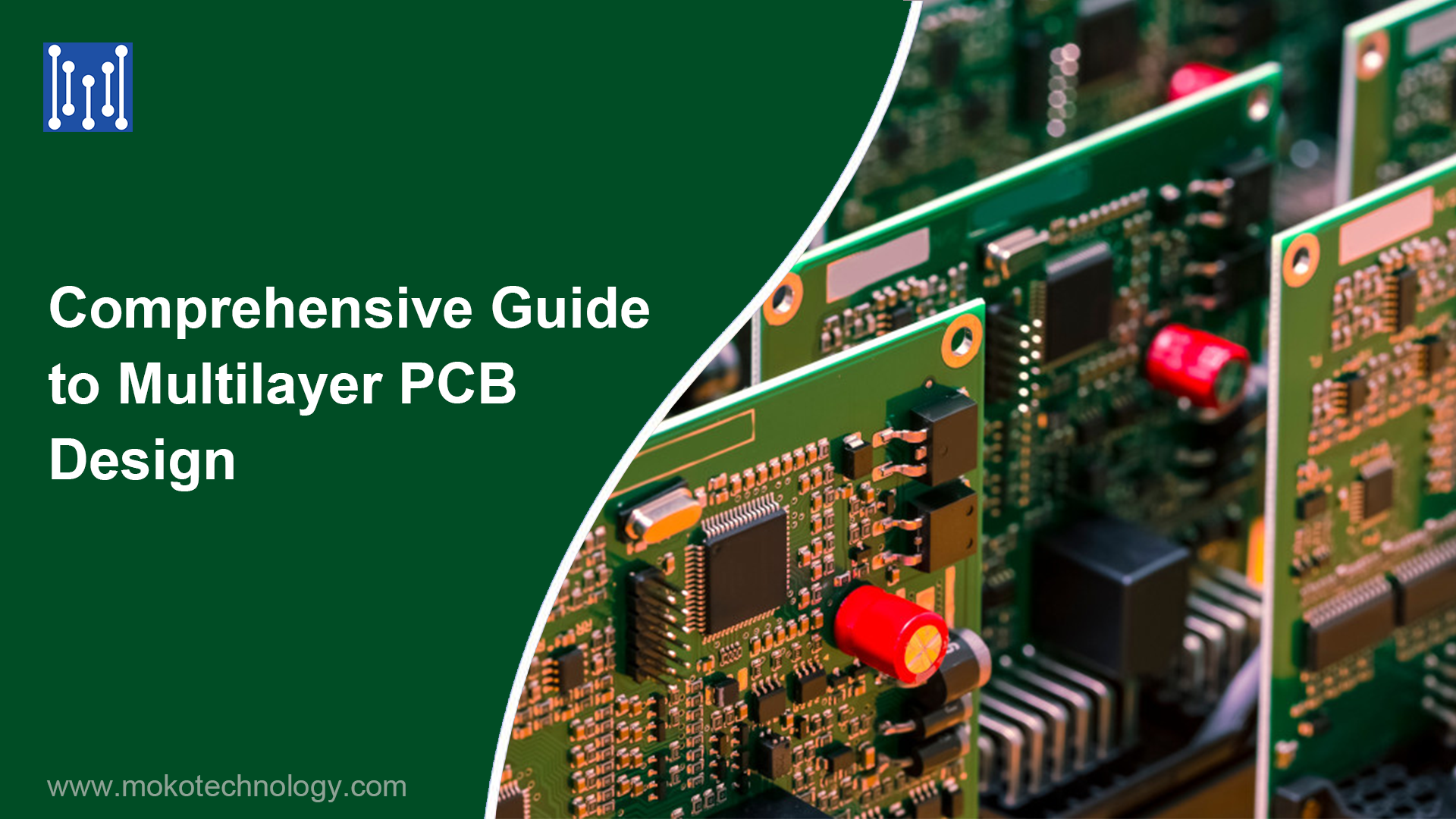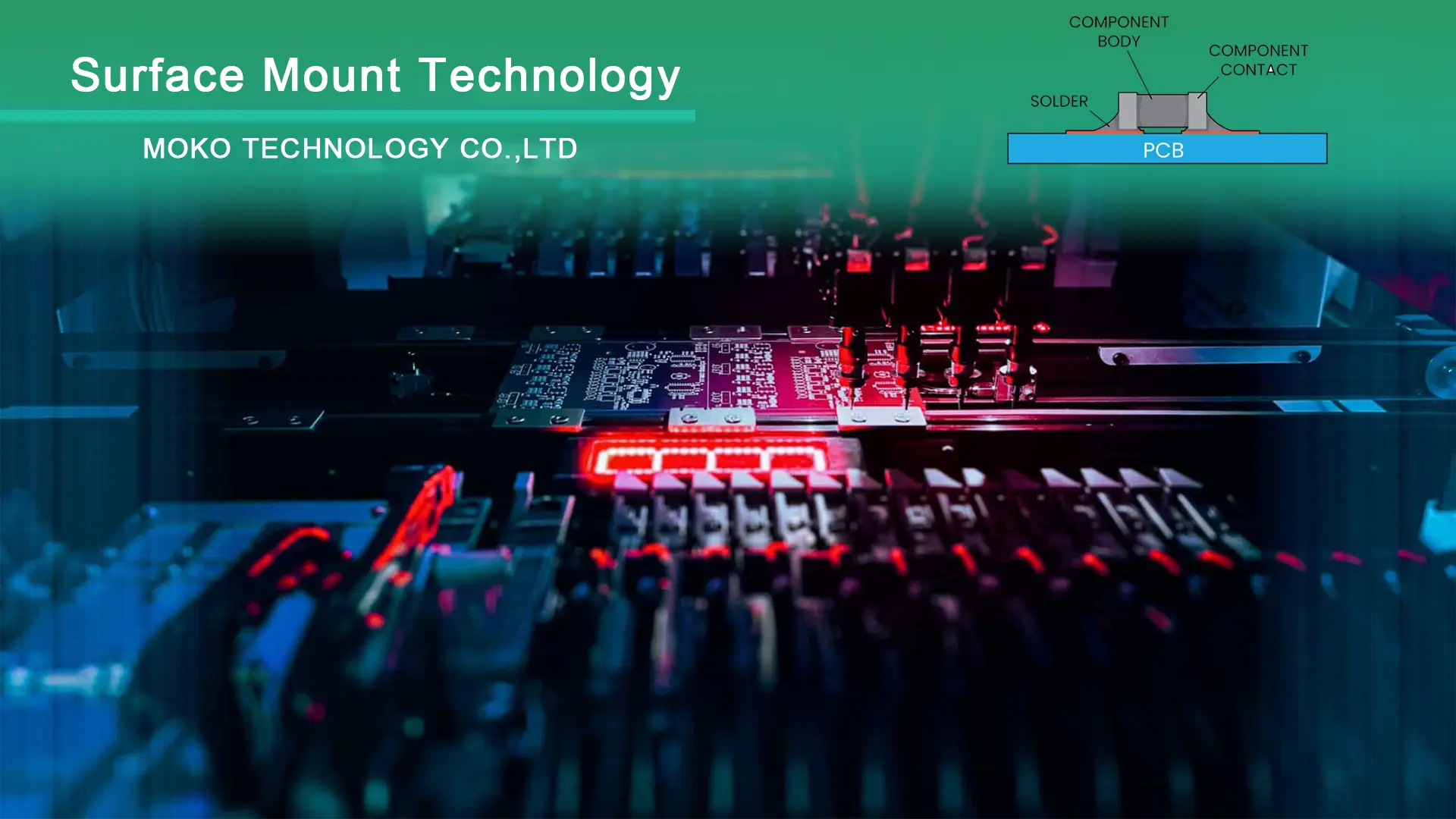Use SMT.
I have experienced such a problem with the SMT Mini USB B connector in the past. Usually, the solution is to design the enclosure so that it will not allow any movement of the connector against the PCB.
As for the reason why to use SMT, SMT components are cheaper to assemble in large quantities. As a result, through-hole components usually require special approval in most designs targeting mass production.
Read More: Through Hole PCB Assembly
#PCB Design #PCB Assembly



